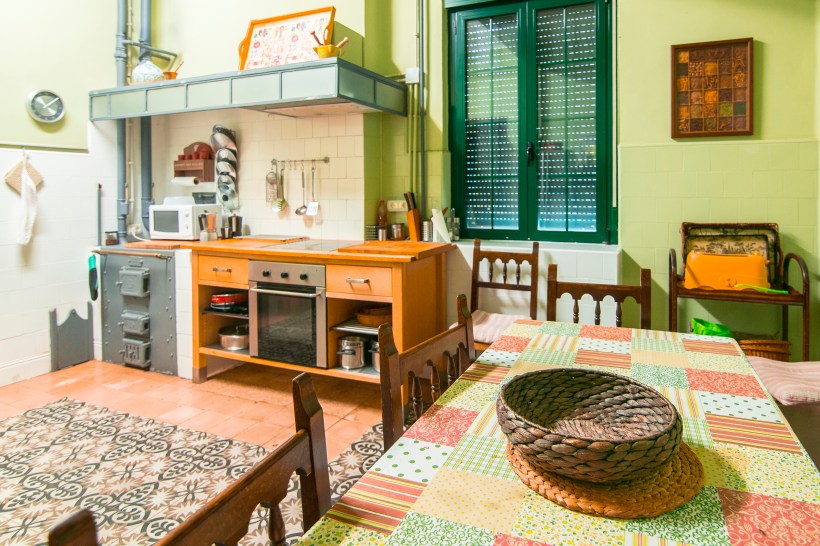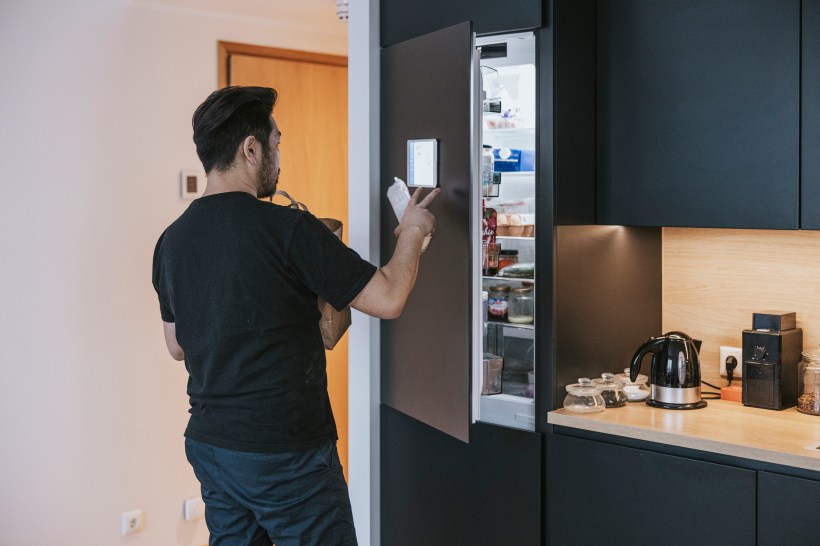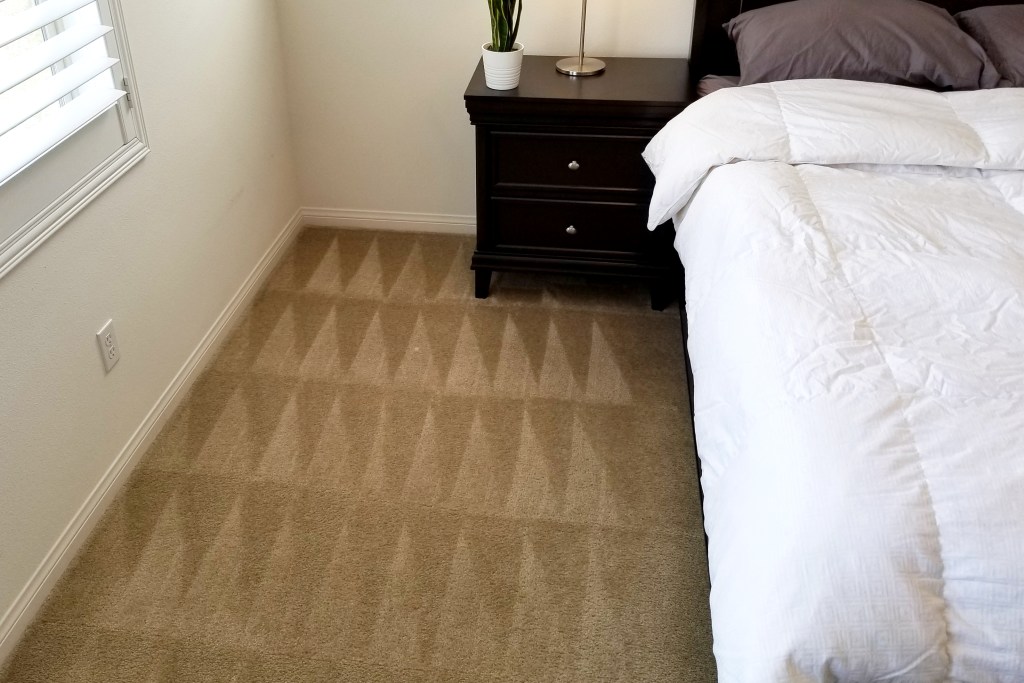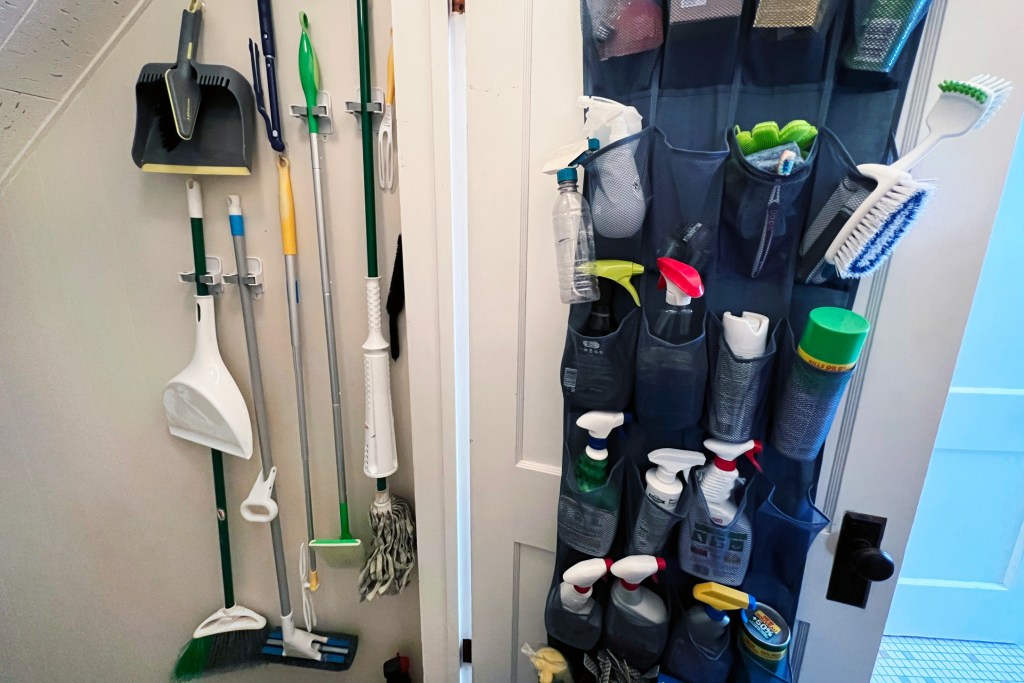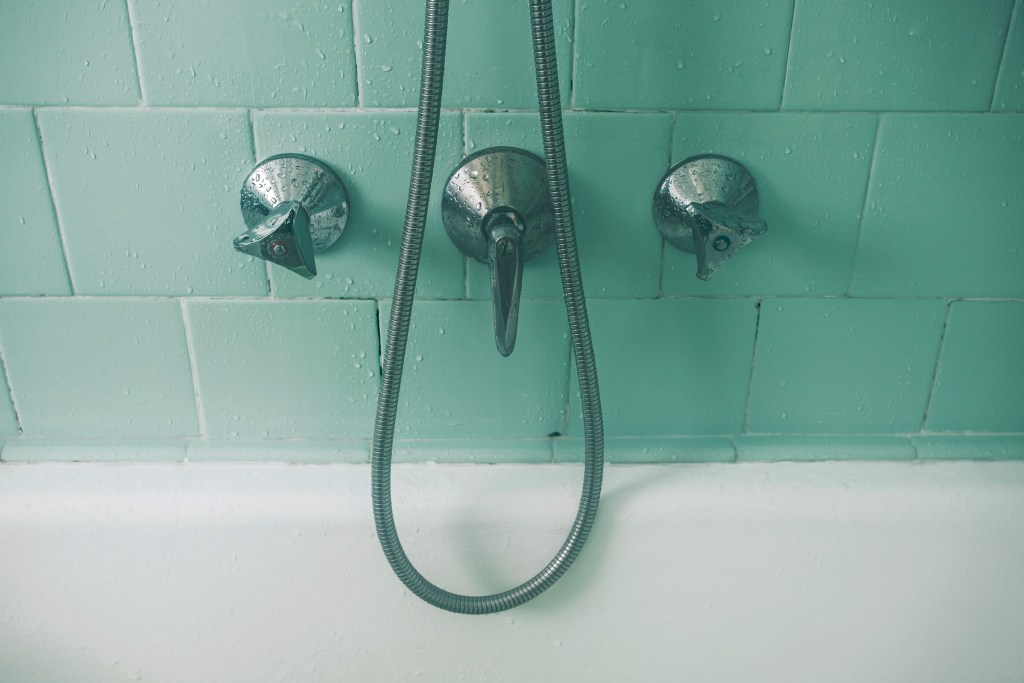Cleaning your attic removes allergens and respiratory irritants that can make your family sick.

- Attic cleaning probably isn’t your idea of a good time. But the dust, dander, and mold in that often-neglected room could be irritating your family’s lungs and kicking up allergies. Plus, a clean attic will enable you to put your great attic ideas into action.
“No one thinks about their attic, but it’s a problem area,” says Mike Tringale of the Consumer Healthcare Products Association.
Attic allergens and irritants constantly seep into your living area through ceiling hatches, doors, recessed lights, and heating and cooling systems (especially if they’re located in your attic).
Attic Cleaning Basics
- Dust walls, window frames, and rafters with an electrostatically charged cloth (think Swiffer) or duster, which grabs twice as much dust as cotton cloths. Don’t forget to dust exposed roof trusses, attic fan blades, light bulbs, fixtures, hatches, and door frames.
- Vacuum with a HEPA (high-efficiency particulate air) filter vacuum cleaner, which channels all vacuumed air through a filter designed to remove even microscopic particles. A less expensive choice: Install a top-quality, high-efficiency filter bag in your vacuum.
- Line shop vacuums with a plastic bag, which traps irritants and makes debris disposal easy.
- Wear a National Institute of Occupational Safety and Health mask, which filters a high percentage of airborne particles.
- If you suffer from allergies — 50 million people in the U.S. do, according to the American College of Allergy, Asthma, and Immunology — hire a professional to remove the debris. Prices for pro attic cleaning vary depending on region and nature of the cleanup. Get an estimate before hiring a cleaning contractor.
Keeping Irritants Out of Your Attic
Preventing mold growth and sealing out insects and vermin help reduce irritants in your attic.
Mold: Small roof leaks and old, cracked caulking can let in moisture, which may lead to mold damage. Once a year, and after each big storm, walk around your home to inspect your roof from all angles. Repair any loose, missing, or broken shingles. Check windows for missing caulking or cracked panes.
Don’t bother buying a home mold test kit, which may register mold spores that are constantly in the air anyway. If you suspect mold or can see a mold-covered area that’s larger than about 10 square feet, call a certified indoor air quality professional to evaluate your situation.
Dust: Many of those tiny dust mites you see floating around are really dust mite particles, roach parts, and vermin dander made of dried saliva, urine, and feces.
These dust proteins can trigger allergic reactions, so search for tiny cracks and openings in your roof, walls, and windows where vermin and insects can enter. Seal attic air leaks with caulk and polyurethane foam, and repair any holes in attic ventilation screens that are under the eaves and in gable ends.
“Visit HouseLogic.com for more articles like this. Reprinted from HouseLogic.com with permission of the NATIONAL ASSOCIATION OF REALTORS®.”


